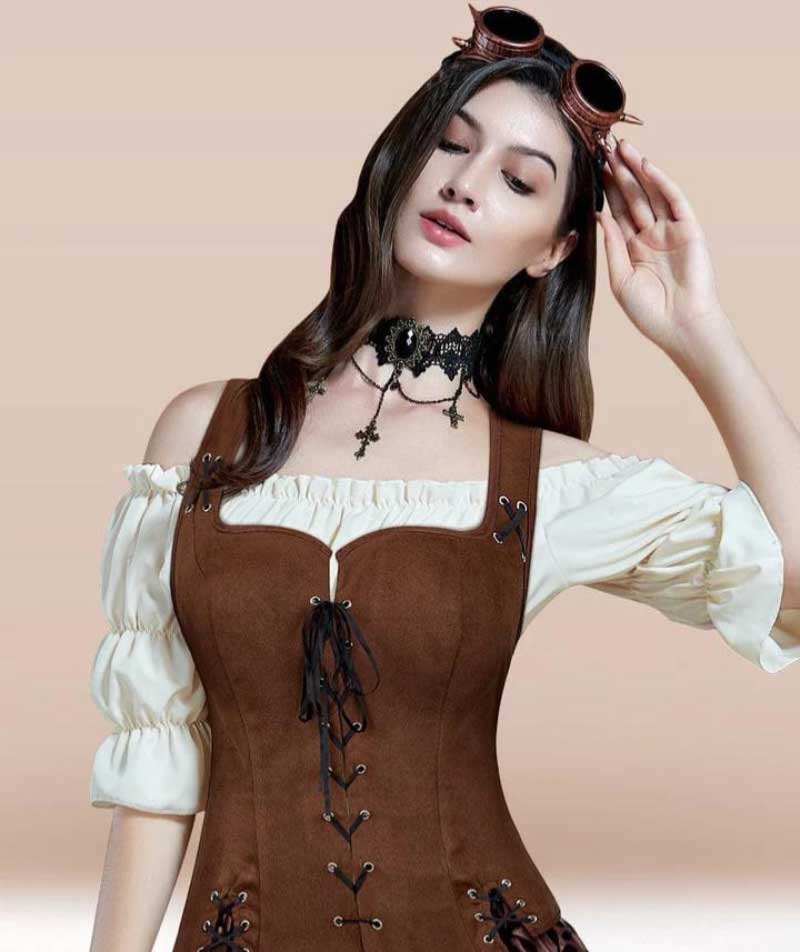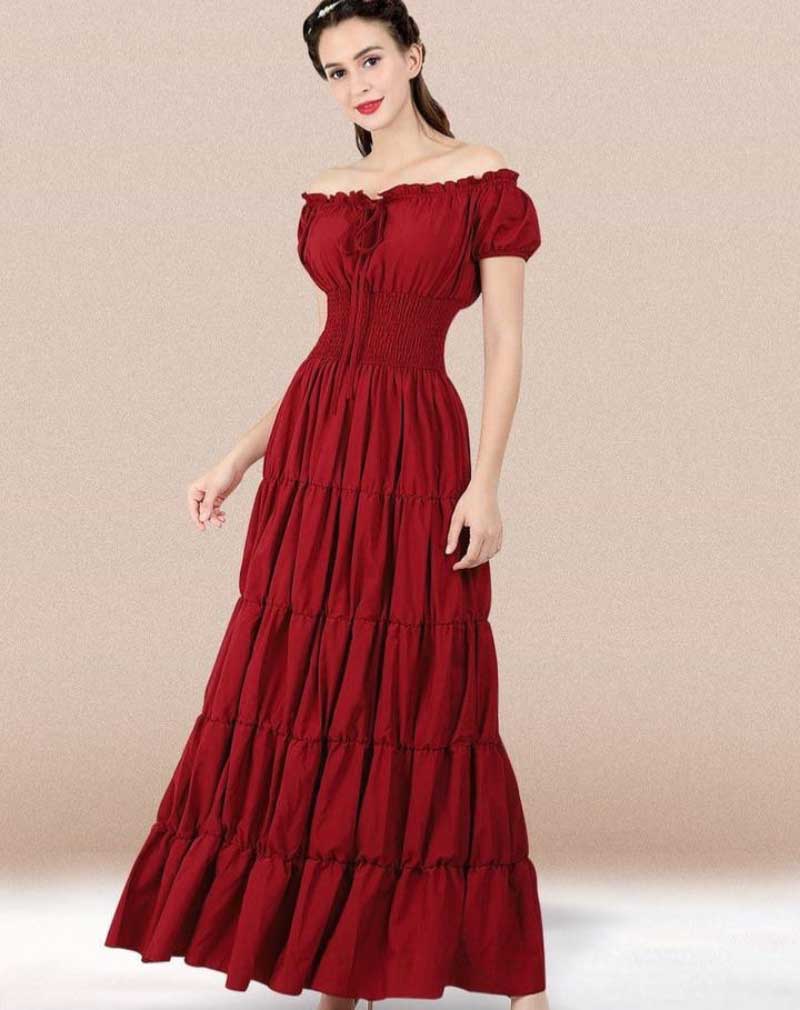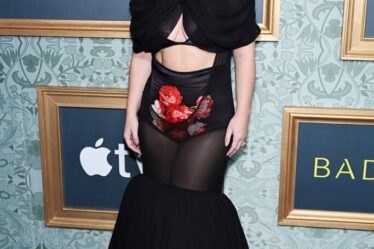
Medieval Women’s Clothing
People can infer a lot about who we are and our social level from how we dress. People who wear uniforms are those who perform a particular job, such as members of the armed forces, emergency personnel, and even fast-food employees. Surprisingly, the clothing we select to wear often acts as a uniform in social situations. It’s not a new phenomenon for others to draw assumptions about our occupations, hobbies, and social standing based on what we wear. Throughout history, wealthier people wore more elaborate clothing, while less fortunate people wore more straightforward, practical attire.
Clothing acted as a social class indicator in the Middle Ages. The period between the fall of the Roman Empire in the year 500 and the start of the Renaissance in 1500 is referred to as the Middle Ages or the Medieval Period. The Middle Ages spanned a thousand years, and as a result, fashion altered from the early periods to those later, closer to the Renaissance. Regarding social classes and the materials used to manufacture the dresses, medieval women’s clothes underwent quite a few alterations.
Because fabrics tend to degrade quickly, anthropologists have difficulty understanding what individuals wore during the Middle Ages. The fabric could entirely decompose within a century, providing modern anthropologists with no hints regarding dress trends. We get our information from written descriptions, illustrations, and the rare archaeological find with garments remaining intact.
Medieval Dresses
It’s crucial to comprehend the social structure of the Middle Ages before delving into its fashion trends. The feudal system that governed medieval Europe was based on land ownership. The aristocracy controlled and owned their land. The nobility received the things the peasants created after farming the land. Because of this setup, the nobility was vastly wealthier, and the peasants were destitute. Moving from one social class to another was not possible. Peasants were always peasants, including their offspring. If a tragedy occurred, the nobility and their offspring would continue to be nobility. For the majority of the Middle Ages, there was no middle class. A merchant class eventually emerged and evolved into the middle class that we are familiar with today.
The Middle Ages dress significantly differed between the nobles and the peasant class. Although the basic design and structure of the clothes were the same for all classes, the fabrics and level of craftsmanship varied. Simple materials in plain hues served as the basis for peasant attire. On the other side, nobles wore clothes that had been dyed, lined with animal furs, and had intricate needlework.
How to shop Medieval Women’s Clothing
Meetcustomes are a fashion brand that provides customers with reasonably priced plus-size corsets, waist training corsets of the highest quality, and Halloween cosplay outfits. They continue to work toward the original objective of maintaining traditional culture while also developing for the future, and they are dedicated to providing clients who respect individuality as well as traditional culture with apparel and accessories that are warm and distinctive in appearance. They take their cues from the ancient traditions preserved in European culture.
When we see customers adopting clothing from Meetcostume.com to display their personalities, we know they have achieved great success. They develop things of high quality, adhere to the original vision, make every effort to ensure that the details are perfect, and highlight the unique beauty that can be found in both innovation and tradition. There is yet one more aspect of ourselves that we have reason to be proud of. Their factory is situated in a rural region of China, which is home to a large number of young people who are looking for work. They could offer them a job at one of our factories close to where they live to keep an eye on their family; otherwise, they would leave their children behind to pursue other employment prospects in a large city.

Ancient peasant attire
Medieval peasants wore simple, practical attire. Wool or linen was used to make the apparel of medieval peasants. The fabric was manufactured by many women individually. It might have been left undyed or dyed in straightforward hues like browns, greys, and occasionally blue. There were multiple layers of similar garments worn by both men and women.
Hose, also known as hosen, was a basic clothing article for men and women. These were more like tight-fitting leggings that were kept up by garters or straps rather than the elastic tights that we are used to. There were some hoses with feet and others without. A chemise or undertunic was another piece of clothing that was typical of medieval peasant attire. It was a plain linen shirt that reached a man’s or a woman’s legs. Peasants wore a long tunic or dress that could be fastened with a belt over the chemise. Men’s tunics typically had a shorter length than women’s. If they couldn’t afford shoes, a peasant might go barefoot, but it’s more likely that they wore woollen or leather shoes. As the shoe’s sole wore down, they could swap it out.
Contrary to popular belief, medieval folks routinely washed their garments. The fact that the poor had only one piece of garments may have prevented them from washing their clothes frequently. On the other hand, from peasants to aristocrats, most people took regular baths and maintained their clothing as spotless as possible. They were aware that the spread of diseases and parasites from filthy clothes included fleas, lice, and other pests.
People in the middle ages donned headdresses that suited their professions. For individuals who were engaged in fieldwork, straw hats were typical. Both men and women frequently wore a linen bonnet called a coif to keep their hair covered and out of the way when conducting messy work. The coif was tightly fitted and knotted under the chin. Men and women both had hoods that may have been affixed to shoulder-covering capes.



